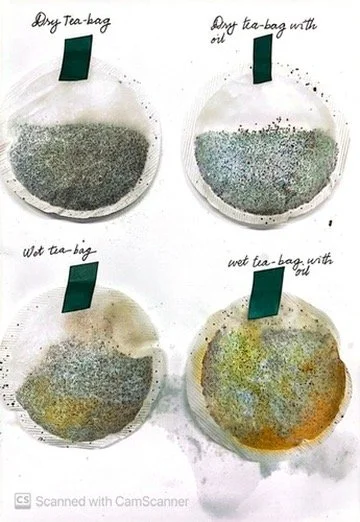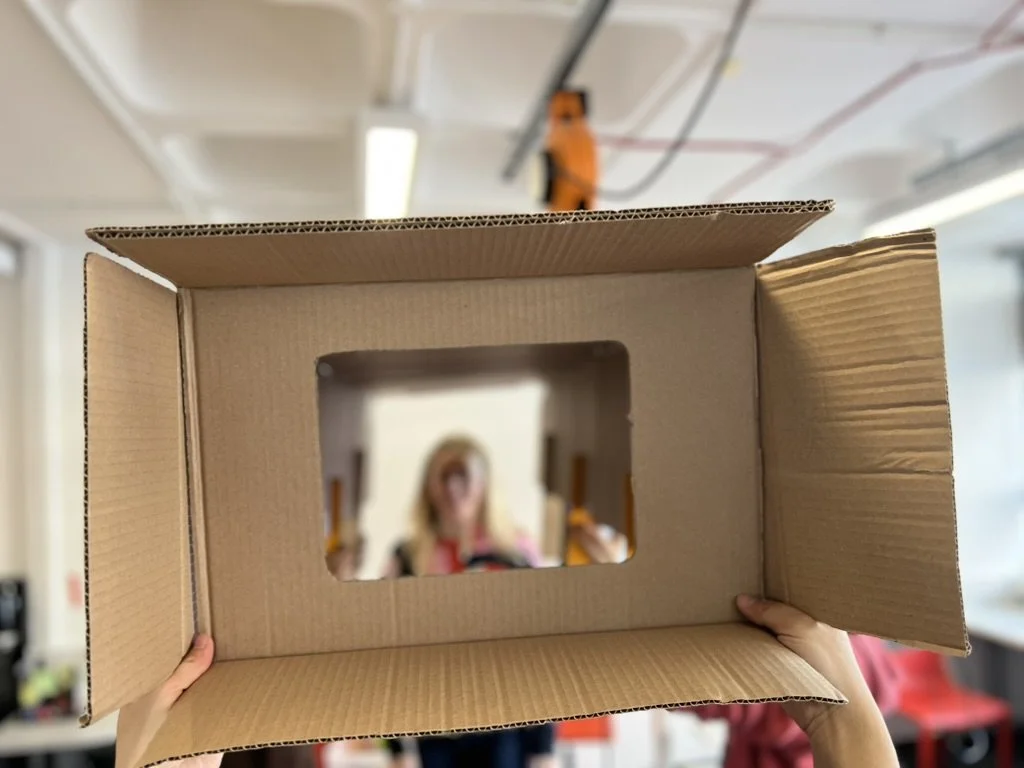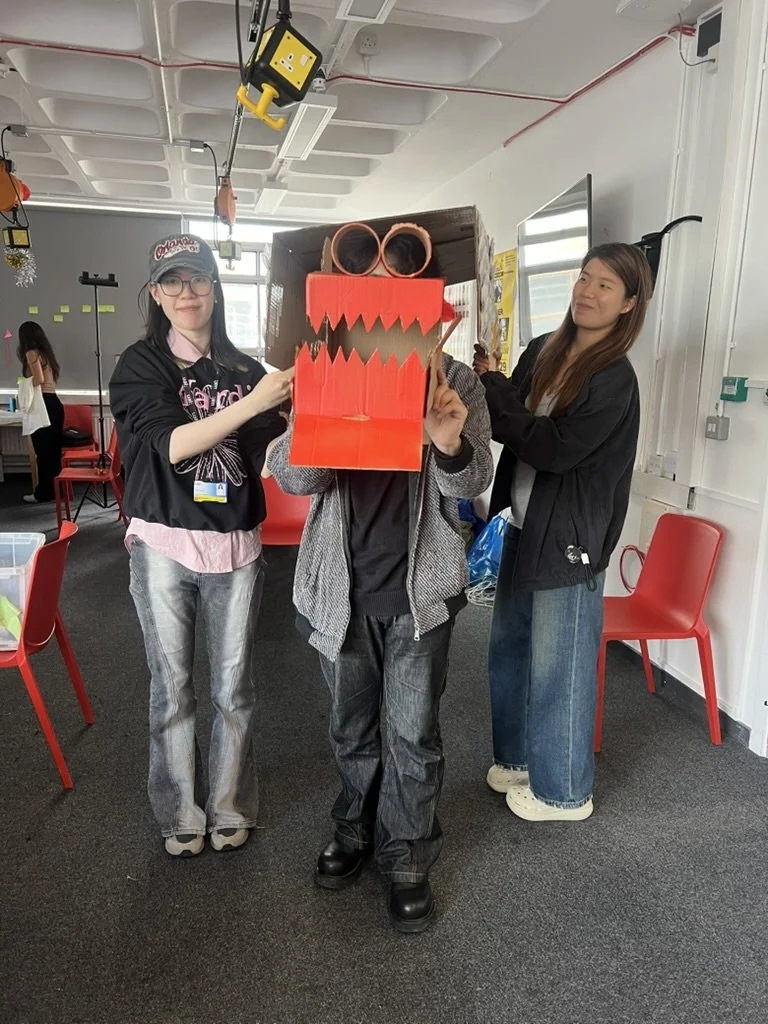Week Two: Culture and the Rhythm of Tea
At the beginning of the week, we all did some brainstorming on our own. My first thought was to compare the tea store to the human body, the involuntary movements that create something that runs in perfect sync, much like a dance. Twinings run and have a movement about it that feels involuntary.
We started connecting the body to Twinings Tea Shop. We discussed creating a model of a body, lining the ribs with tea, and having the heart represent the moment the tea is tasted in the back of the store. Just as the human body moves in rhythm, the store seemed to carry its own rhythm that customers flowed through. However, our group felt it wasn’t interactive enough, so we began exploring new directions.
We first took the approach of wanting to mirror the store’s experience on a much smaller scale. We put cardboard boxes together to create the small, narrow feel of the store, adn then different parts of the inside would have a different sense (smell, taste, etc). We started testing how the scent of tea could play a role, testing wet tea bags and essential oils to make the smell linger. Yet, as we developed the concept, we realised we were simply recreating the store, not translating it into movement.
After the feedback from Tenisha, we discussed how we could bring our cultural relationships to tea into the project. While there was a discussion about incorporating colonialism into the project’s main theme, we all did not have a sense of them when we visited Twinnings; it felt more like they were warm and inviting, and also paid tribute to the places the tea has come from. We designed a performance showcasing how tea travels through time from China to Britain, to India, and finally to America, showing Twinings’ global curation of culture through tea, and also our own connections to tea
Our coursemates appreciated how we explored tea’s cultural roots, though our tutors urged us to explore colonial histories. They reminded us that design is a space for risk and discomfort, referencing performance artist Marina Abramović as an example of meaningful risks. Reflecting on week two, I learned that successful design must balance context and concept. Research should inspire creativity, and risk-taking is essential for growth, which I think is what held us back in this project.


